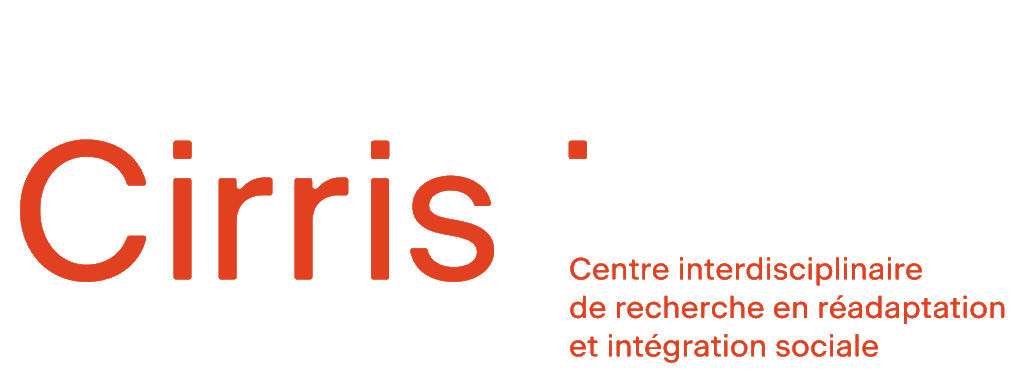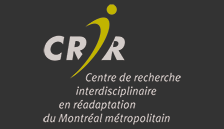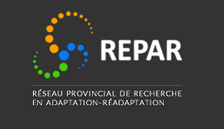How can we retain knowledge through the transfer of skills and data ?
Rebecca Ataman, PhD candidate, McGill university
This video describes how to plan, execute and verify knowledge translation based on the "Knowledge to Action" (KTA) framework.
Subtitles available
LSQ Version - Quebec sign language
References
Text content
My name is Rebecca Ataman. I’m a registered Kinesiologist and PhD cabinet in the School of Physical and Occupational Therapy at McGill University. In this video, we will discuss how knowledge is retained when knowledge translation is thoroughly planned, executed and monitored.
Knowledge translation is a set of processes and activities aimed at optimizing the uptake of research knowledge into practice. Since knowledge translation is complex, the best way to thoroughly plan, execute and monitor knowledge translation activities is to refer to guiding frameworks.
In this video, we will introduce you to the Knowledge to Action or KTA Framework. The KTA Framework was developed by Canadian researchers in the early 2000s. Since this time, it has been used by organizations worldwide to guide the process of knowledge translation. The KTA Framework consists of two main components: the Knowledge Creation Funnel and the Action Cycle.
The Knowledge Creation Funnel refers to the development and refinement of knowledge. As this knowledge gets further down the funnel, it becomes more ready for use in practice. In the funnel, we can see that we start with original research at the top and as we move downwards, the research knowledge is summarized and refined to become more useful.
The Action Cycle includes the processes that are required to implement or to actively use knowledge and practice. As we can see in the Action cycle, activities include everything from identifying a knowledge gap and selecting relevant knowledge to fill that gap, to adapting it to your practice context and all the way through to evaluating implementation outcomes and sustaining knowledge use. It is important to note that if needed, it is possible to go back to previous steps before moving forward again.
The last step of sustaining knowledge use most closely matches the question guiding this video in which it was asked how knowledge is retained. However, as we can see from the Action Cycle, sustaining or retaining knowledge is not a standalone process. Sustained knowledge is the result of a series of carefully planned and executed steps which collectively make up the knowledge translation process.
To better understand how working through the steps in the KTA Framework can result in knowledge being retained, we can apply an example of an implementation project from Society Inclusive to the Action Cycle.
As an example, we have selected the project entitled Cocreation of Leisure Experience, an Inclusive and Accessible Theater Space: the case of the Segal Center for the Performing Arts. The individuals leading this project included researchers, individuals with disabilities and key stakeholders from the Segal Center as well as those from local health and nongovernmental organizations. Collectively, these people work together using a participatory approach to knowledge translation. In other words, they moved through the steps of the KTA Framework as a team.
The team recognized that accessibility could be improved at the Segal Center, but they did not yet have the information they needed to address accessibility challenges. So the first thing they did was collect information to identify the challenges in accessing and attending live performances at the Segal Center.
Then, using the information they collected and the additional information previously available in the literature, the team worked together to adapt the available knowledge to the local resources and facilities at the Seagull Center. Then they identified barriers and facilitators to the performance and put strategies in place to address these. Only once this planning was completed was the accessible performance stage. The team evaluated accessibility knowledge and implementation outcomes by collecting data both before and after the performance to see the effect of the accessible performance on accessibility.
This project is still ongoing with continued access to accessibility training and other supportive strategies contributing to sustained accessible performances and providing the groundwork for further or accessibility changes. This example demonstrates how this group of stakeholders moved through the steps of the KTA framework to improve their intention of knowledge.




